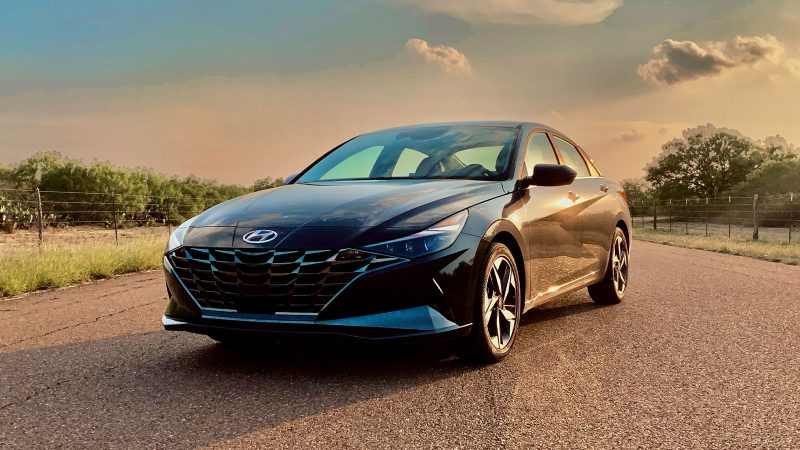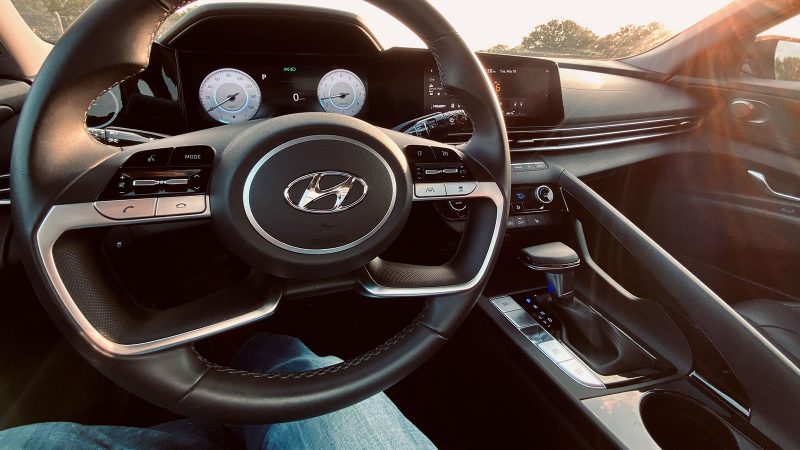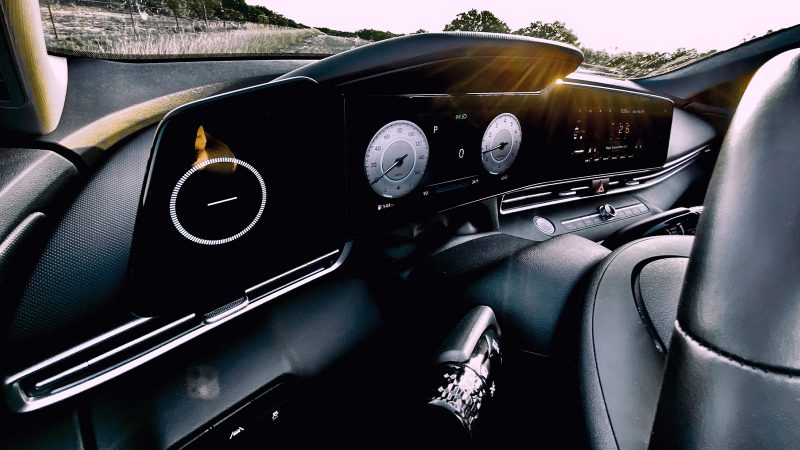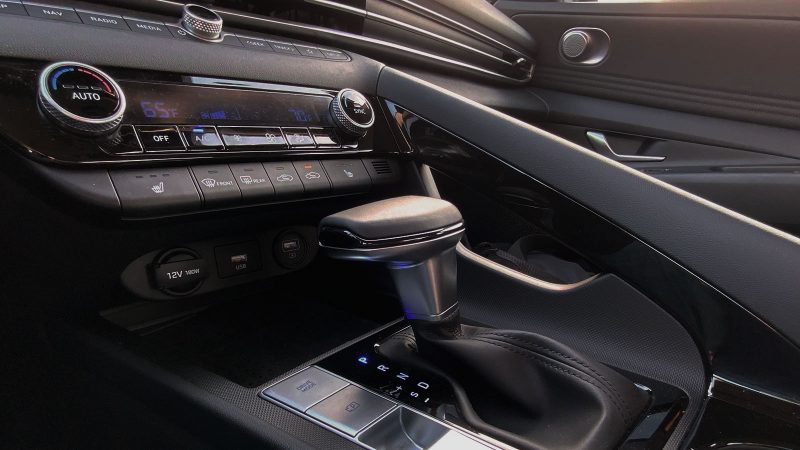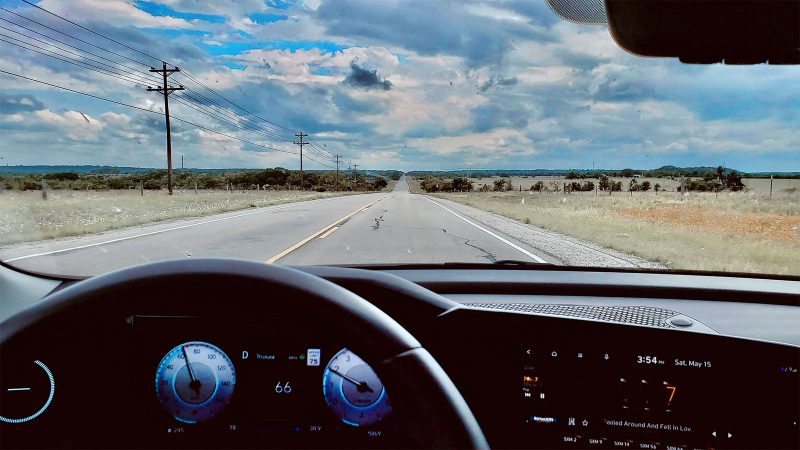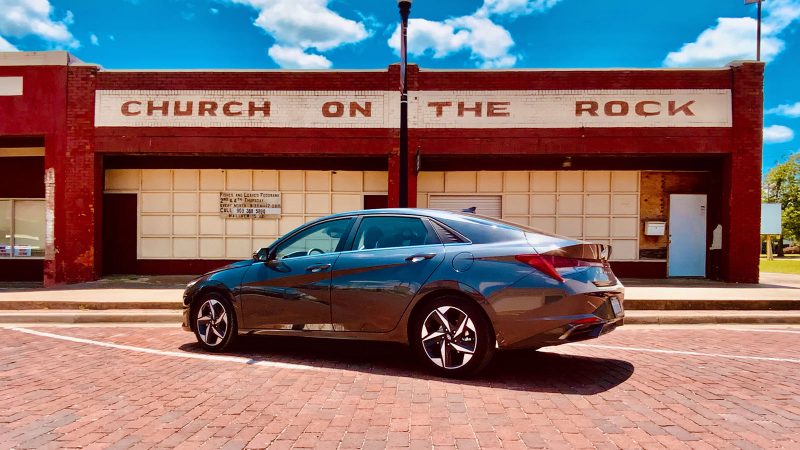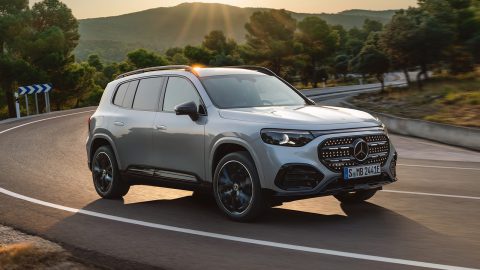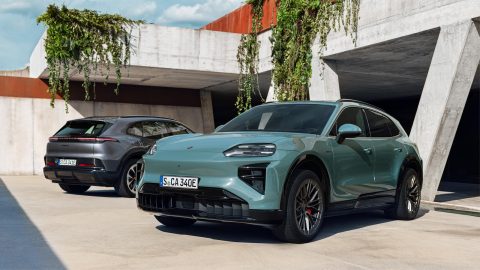At the height of the recent Southeast fuel shortage, I was given the keys to a 2021 Hyundai Elantra Limited. This spacious compact sedan became an ideal vehicle for avoiding hazardous gas-hoarders at the local pumps. The Elantra’s naturally aspirated four-cylinder engine provided me with up to 40 mpg during an 830-mile road trip. In total, I drove the 2021 Elantra 1,500 miles over seven days while averaging 38 mpg. More importantly, I covered these miles in comfort, safety, and with a sense of enthusiasm for the Elantra.
On May 7th, 2021, privately owned Colonial Pipeline became aware that it was a victim of a ransomware cyberattack. It forced Colonial Pipeline to temporarily shut down its 5,500-mile pipeline, which happens to be the main contributor to 45 percent of the east coast’s fuel supply. The criminal hackers left a ransom note in exchange for control of the pipeline. Like the plot of an 80s action movie, only instead of sweaty-faced bad guys welding Kalashnikova rifles, it was nameless fingers typing meticulously on a keyboard. So think Die Hard 4.
According to the Wall Street Journal, Joseph Blount, CEO of Colonial Pipeline Co., admitted to paying a ransom of 4.4 million to stop the cyberattack. A controversial move, but one Blount stated needed to be done to get the pipeline operational again. Since then, the Colonial pipeline has returned to normal operations and is trying to make up for the lost time. However, the damage has already been done.
Gas Hoarders Go Viral
Last week news sources reported scenes of gas storages and rapidly increasing fuel costs as a result of the pipeline shutdown. Naturally, some people panicked. Photos and videos of people wrongfully hoarding fuel started going viral.
One video showed a woman pouring gasoline into plastic bags and storing them in the trunk of her car, unintentionally turning her vehicle into a rolling Molotov water balloon. Another viral photo showed a couple stacking gasoline canisters horizontally in the back of an SUV. The Drive featured a news story of a Hummer H2 combusting into flames minutes after leaving the gas station with four five-gallon gasoline containers loaded in the back.
Compact Car Growth Spurt
2021 marks the first year of Hyundai’s redesign of the Elantra. Among Hyundai’s sedan lineup, the Elantra sits between the subcompact Accent and mid-sized Sonata. The redesigned Hyundai Elantra looks like a shark cruising the ocean floor with a wedge-inspired exterior design. The rear of the car looks like a half-fastback that can fool you into thinking it was a hatchback. Nevertheless, the 2021 Hyundai Elantra sedan trunk has enough space to store a week-long vacation’s worth of luggage or a Sunday afternoon return trip from Costco.
Compact sedans have experienced a growth spurt recently. The new Elantra’s roofline appears to be stretched horizontally like a rectangle with the bottom corners pulled outward. This means the front and rear windows lean back and extend, which creates more room inside.
Sitting inside the vehicle makes you forget that you are in a ‘compact’ car. The Elantra’s impressive ride quality allowed for hundreds of miles of travel before feeling fatigued. Road noise was to be expected but proved to be as quiet as more expensive midsize competitors. Its Bose premium audio system was able to drown out whatever road noise I did hear. The new Elantra features a 10.25-inch touchscreen that meets the digital instrument cluster. It gives the appearance that the dual-screen monitor was shoved into an old dashboard giving it a resto-mod impression that is visually appealing.
The Elantra Limited offers leather-trimmed seats which provide lumbar support. I recommend getting the grey interior as it allows for some color. The black interior in this test model felt too bland, like oatmeal without cinnamon. Kudos to Hyundai for having a straight up and down gear selector lever on the console. It is simple, and the lever is ergonomic enough that I enjoyed using it. Hyundai Elantra’s light steering is ideal for urban driving. It does not provide a lot of road feel but follows commands like a K-9 police dog.
This redesigned 2021 Hyundai Elantra is a prime example of the compact sedan’s status in the dawn of the 2020s. This vehicle class is currently experiencing what the kids referred to as a “glow up” and is growing into a premium shell of its former self.
Averaging 40 mpg in the 2021 Hyundai Elantra
The road trip in question was a drive across Texas, an 830-mile round trip, and only two days to get it done. The driving landscape featured small farming towns connected by two-lane highways located safely out of the reach of hipsters and chain restaurants. The Elantra had no problem keeping up with Texas’ unofficial but mostly agreed upon 85 mph highway speed limit on the super slab interstates. Adaptive cruise control and lane assist made the trip easier.
However, Hyundai’s lane assist is a dial too sensitive. It is hyper-focused on keeping the car in the dead center of a lane and does it well. But, that also means the Elantra makes constant adjustments. The car struggles to stay still, trying to align itself in the center of the lane. What ends up happening is you have to argue with the steering wheel, potentially making it uncomfortable for passengers prone to motion sickness.
Hyundai offers the 2021 Elantra with a 1.6-liter four-cylinder engine carried over from the previous model year. This naturally aspirated 147-horsepower four-banger is a peppy, busy little engine. It behaves like a terrier puppy chasing a squirrel up a tree as it revs, getting up to speed. An eight-speed automatic transmission gives the Elantra the legs to reach highway speeds with ease. The car will not win a spotlight drag race or impress with a highway pull. But, it is quicker than you would expect and offers satisfying performance for an economy car. The Elantra features a sport mode that changes the digital instrument gauges to red and holds each gear at its peak longer. Driving in normal mode provides enough grunt to overtake slow drivers in the fast lane.
One particular detail under the hood is the lack of a plastic engine cover. Hyundai is proud of its 1.6-liter engine – as well they should be. It is refreshing to open the hood on a 2021 model vehicle and see engine parts instead of the usual giant Tupperware lid.
If you’re looking for more bang for your buck, Hyundai offers the Elantra N-Line variant. This model features a turbocharged 1.6-liter four-cylinder engine producing 201-hp with a six-speed transmission. It also includes rear independent suspension and sport leather-trimmed seats.
50 MPG for Under 30K with Hyundai Elantra Hybrid
Hyundai offers a hybrid variant of the Elantra at a starting price of $23,550. The Hybrid Elantra pairs a 1.6-liter naturally aspirated four-cylinder engine with an electric motor to produce 139-horsepower. It is not a hot hatch but does offer a combined 50 mpg, with Hyundai claiming 49 mpg city and 52 mpg highway. A sensible driver can potentially improve these figures for a higher mpg average.
Hyundai Elantra Proved Itself During a Gas Crunch
The 2021 Elantra is a reasonably priced, fuel-efficient, comfortable performing compact sedan. It has a starting price of $19,650 for the base model, and the Limited trim featured in this article starts at $25,450. I wish Hyundai would offer the Elantra in more dynamic colors other than grey, light grey, and dark grey. Granted, you can order a 2021 Elantra in orange, but a car this pleasant should have more color in its life.
The car has a weighted quality that compact cars of the past never had. It weighs less than 3,000 pounds, yet the doors do not feel paper-thin. The quality of the interior does not feel like dried-out plastic. It drives beautifully, and you don’t need to live in the slow lane to achieve good gas mileage. To sum up, the 2021 Hyundai Elantra is a great commuter car.


